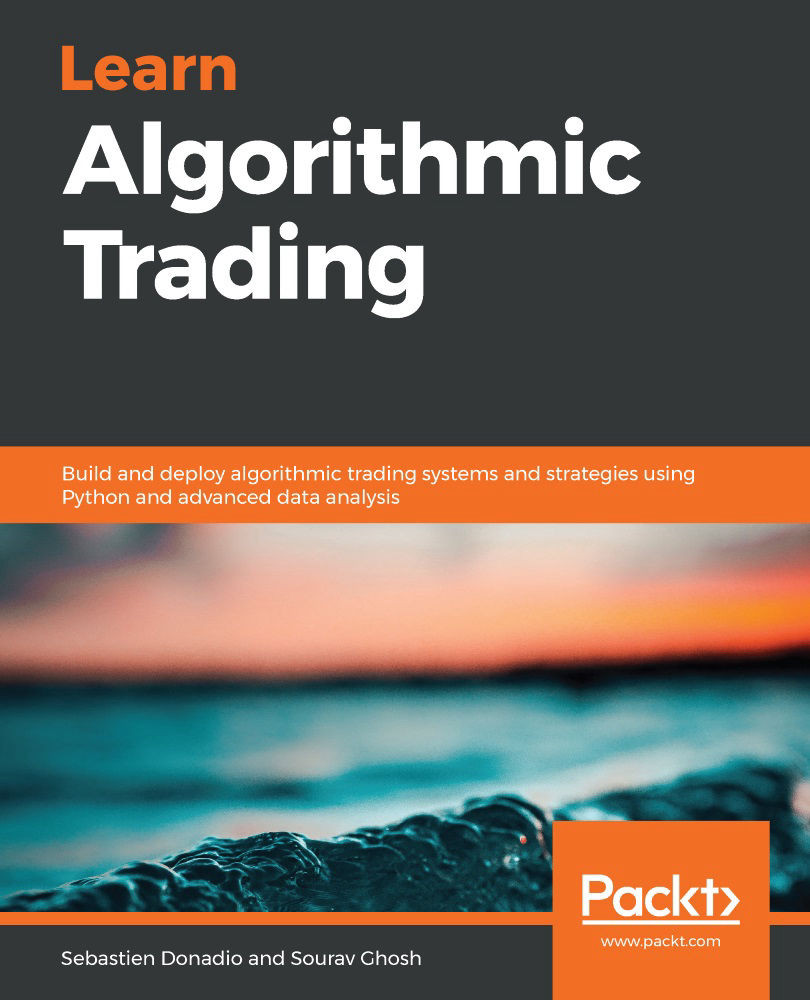So far, we have built a good understanding of how algorithmic trading works and how we can build trading signals from market data. We also looked into some basic trading strategies, as well as more sophisticated trading strategies, so it may seem like we are in a good place to start trading, right? Not quite. Another very important requirement to be successful at algorithmic trading is understanding risk management and using good risk management practices.
Bad risk management practices can turn any good algorithmic trading strategy into a non-profitable one. On the other hand, good risk management practices can turn a seemingly inferior trading strategy into an actually profitable one. In this chapter, we will examine the different kinds of risk in algorithmic trading, look at how to quantitatively measure and compare these risks, and...


